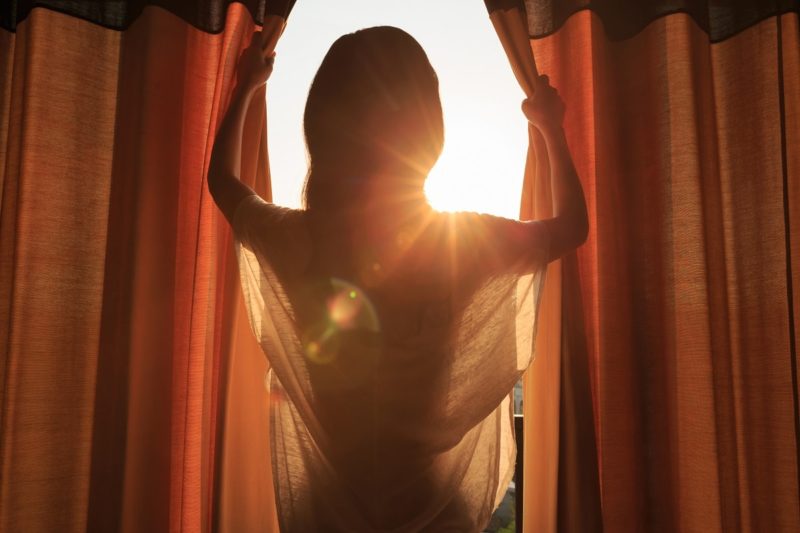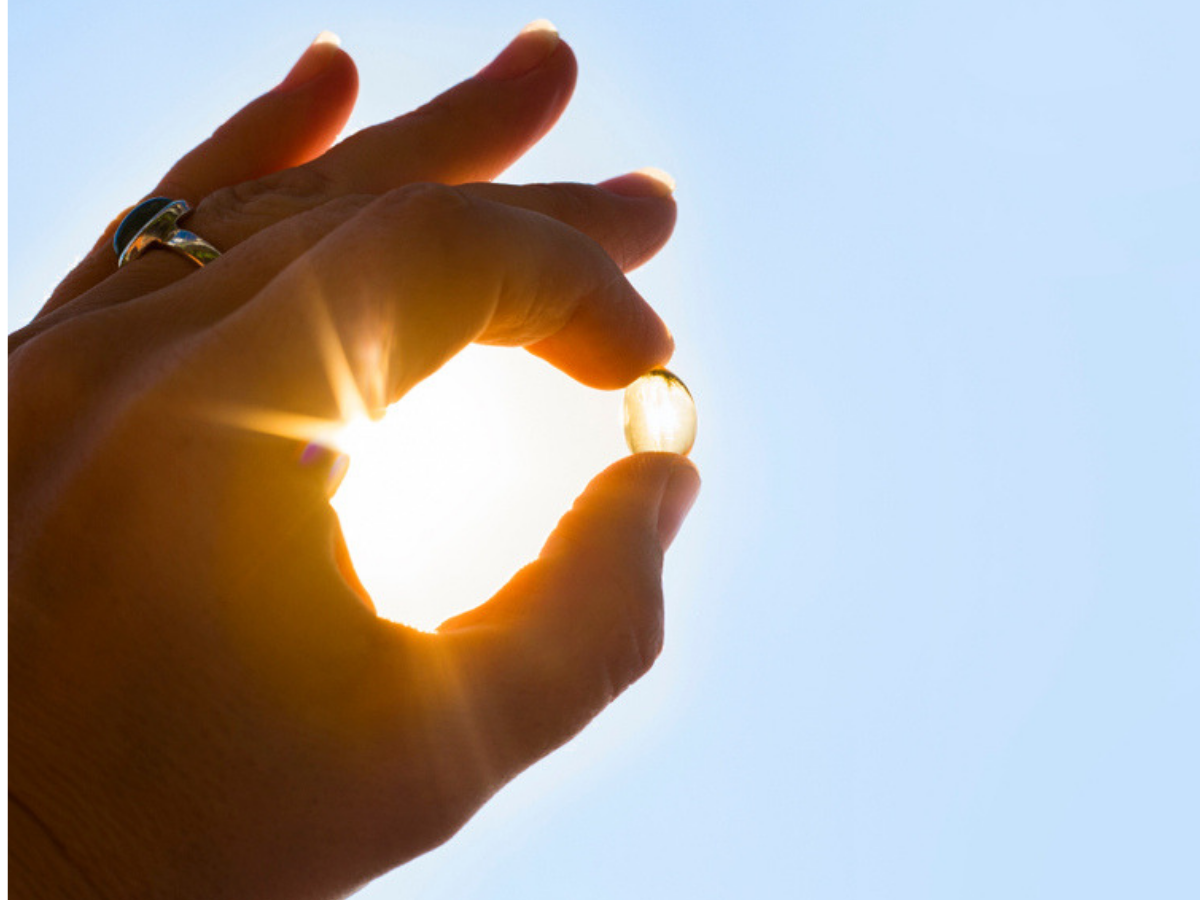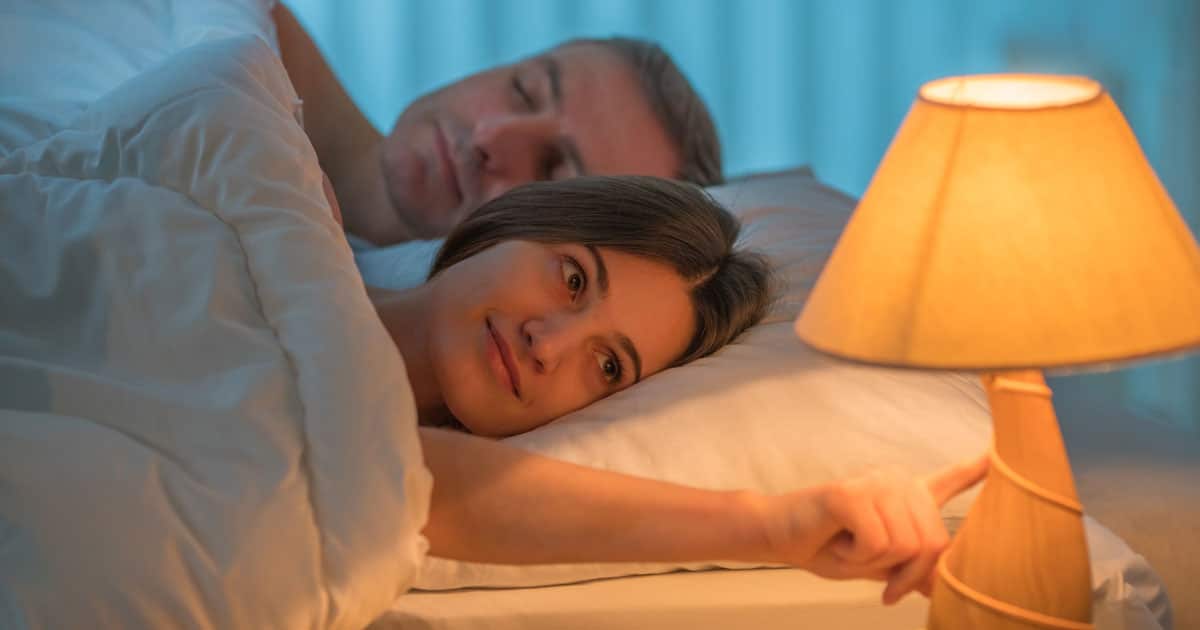The Health Benefits of Natural Light
Natural light actually provides measurable health benefits
It’s a photographer’s best friend, a selling point for homes, and a major perk for office employees: natural light.

As a general rule, most of us would prefer to live out our lives under the warmth of the sun rather than under the buzz and glare of fluorescent bulbs. In fact, a recent survey, as reported by The Harvard Business Review, confirms just how much natural light means to the average person.
According to Future Workplace’s survey, over 1,600 employees ranked “access to natural light and views of the outdoors” as their number one desire for a workplace environment.
This came over and above other perks like fitness centers and on-site childcare.
If you’re among the many who crave more sun, it’s interesting to note that pure sunlight isn’t just a nice little plus to casting a homey glow in your cubicle or making your food photos Insta-worthy.
Here are our top reasons to become an indoor sun-seeker, and tips to make it happen.
Health benefits of natural light

1. Boosts vitamin D

When exposed to sunlight, the skin absorbs vitamin D, a critical nutrient that prevents bone loss and reduces the risk of heart disease, weight gain, and various cancers.
The so-called “sunshine vitamin” also doesn’t discriminate based on whether you get your sunlight indoors or out.
Meaning: increasing your natural light where you spend the most time, be it home or the workplace, is equally important.
2. Wards off seasonal depression
For many people, autumn is a giddy time of crunchy leaves and all things pumpkin spice. Getting as much natural light as possible can help keep these mood changes at bay.
For about 6 percent of the population, fall kicks off a time of serious depression known as seasonal affective disorder (aka major depressive disorder with seasonal patterns).
Another 14 percent experience the less debilitating (but still significant) “winter blues.”
3. Improves sleep

Since mental health and sleep often go hand in hand, it’s not surprising that natural light affects both.
A small 2014 studyTrusted Source of office workers revealed that the more natural light exposure they received, the better sleep they experienced.
4. Reduces health risks of fluorescent lighting
The more time you spend in a source of natural light, the less time you’ll likely spend in the unnatural light of fluorescent bulbs.
Though compact fluorescent lamps are generally recognized as safe, for some people, exposure to fluorescent light appears to elicit an elevated stress response.
With CFLs (compact florescent light bulbs) as your main light source day in and day out, this could increase your risk for migraines and eye strain.
(P.S. Broken CFL bulbs can also emit dangerous amounts of mercury, so if you’ve got adventurous kids, keep these out of reach!)
How to get more natural light
With all the health benefits at stake, what can you do to let the sunshine in?

Mirrors, mirrors, on the wall
Help light bounce around a room with a mirror …or two …or more.
Sunlight from the window can reflect against a mirror, casting more brightness between four walls.
How large of a mirror should you choose? The sky — or, technically, your ceiling — is the limit. Just be sure you get the most of the reflection and aim to place mirrors or metallic objects in the path of the sun’s rays.
Some interior design pros also emphasize adding to the mirror effect by decorating with items with a metallic sheen, like brass candlesticks or silver sconces.
Ditch the drapes
Curtains may be lovely to look at, but their elegance pales compared to the health benefits of going au natural.
Removing heavy curtains is an easy step to allowing more sun in your space. Plus, letting the sun be your alarm can help get your circadian rhythm back on track and reboot your sleep-wake cycle.
But if you’re concerned about how the sun may be affecting your skin while you snooze, opt for keeping blinds raised throughout the day before pulling them shut at night.
Color wisely
Reflective colors aren’t just for road cyclists. You can bring their eye-catching effects into your home with your selection of wall colors.
While white is the most reflective color, you don’t have to make your home look like a sanatorium to lighten things up.
Colors close to white, such as light-colored pastels, reflect plenty of rays. An eggshell wash or other reflective paint finish compounds their brightness.
Also, don’t forget the largest source of darkness in a room may be the floor. Get a light colored rug to help brighten up the room.
Reaping the benefits when adding light isn’t possible

Sometimes adding more natural light to your environment simply isn’t possible.
Perhaps your rental contract bars you from tampering with window treatments, or you have no control over your cubicle space.
Fortunately, we’ve got several easy workarounds to ensure you reap the daily benefits of natural light — without drilling a skylight into the office ceiling.
Get out when you can
Break free of your four walls by taking your lunch break outside, squeezing in a morning walk before work, or winding down on your patio at the end of the day.
Exercise outdoors, or by the window at your gym
For a double whammy for your health, pair time outdoors with physical activity.
Exercise is known to improve mood, and recent research actually links it with increased vitamin D.
Supplement your D
Worldwide, it’s estimated that 1 billion peopleTrusted Source are deficient in this important nutrient — even in sunny partsTrusted Source of the country.
Talk to your doctor if you suspect your levels have dipped below optimal, and ask if supplementation might be right for you.
Try a light therapy lamp
Light therapy has a proven track record for treating the symptoms that accompany seasonal affective disorder (SAD).
Some reports state it’s at least as effective as antidepressants for alleviating SAD. Extra-bright light therapy lamps are readily available at a variety of sizes and price points — even Target and Wal-Mart now carry them.
Be your own advocate
Getting more natural light won’t solve all your problems but it might improve your situation just enough to make a difference.
If a lack of natural light at work is becoming a mental health burden, don’t be afraid to bring it up to your employer. Perhaps there’s a simple solution to help you soak up your daily vitamin D, like moving your desk closer to a window.
You’ll never know if you don’t ask.








